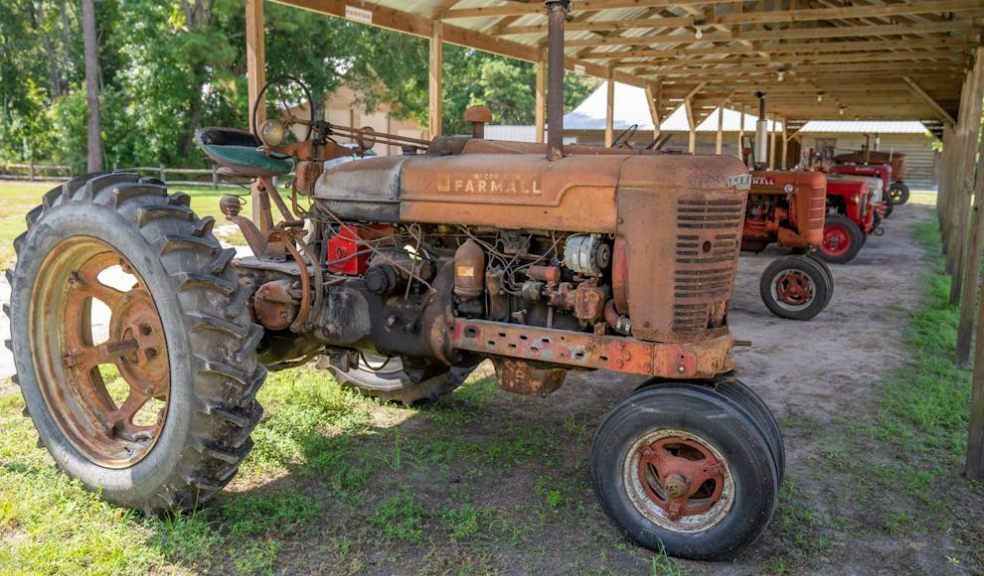
The Broader Significance of Restoring Agricultural Machinery
Restoring agricultural machinery is far more than a mechanical exercise — it’s an act of preservation, education, and respect for the generations who built and relied on these machines. Jeremy Clarkson’s restoration of his Massey Ferguson tractor perfectly illustrates how a single project can connect the past and present, turning a piece of old iron into a living reminder of farming’s enduring spirit. What began as a personal challenge evolved into something much deeper: a tribute to agricultural heritage and the ingenuity that shaped rural life.
In the world of farming, machinery has always been more than just a set of tools. Tractors, harvesters, and ploughs represent milestones in human progress — the shift from manual labour to mechanised agriculture. They embody the innovation and resilience that allowed farmers to feed growing populations and transform the landscape. When machines like the Massey Ferguson are restored, they don’t just regain function; they reclaim their role in telling that story. Every bolt tightened and panel polished brings back a piece of history that might otherwise have been lost to rust and neglect.
Jeremy Clarkson’s project reminded people that these old machines deserve admiration. His Massey Ferguson, weathered from years in the field, carried the marks of hard work and determination — the kind of history that can’t be replicated by modern equipment. By taking the time to restore it, he highlighted the value of craftsmanship and the enduring reliability that defined tractors of that era. Restorations like his serve as a bridge between generations, allowing younger audiences to appreciate how much effort, skill, and ingenuity went into keeping farms running before computers and advanced hydraulics became standard.
Masseyparts has played a vital role in keeping this heritage alive, supplying authentic and hard-to-find components that make restorations possible. Access to genuine parts ensures that enthusiasts can preserve not just the appearance but also the authenticity of their machines. Without this level of support, many historic tractors would remain static museum pieces rather than functional reminders of agricultural evolution. The ability to restore and operate these machines in working condition maintains a tangible connection to the past — one that can still plough a field, haul a load, or simply run as it did decades ago.
Beyond nostalgia, there’s also practical value in restoration. Older tractors, when properly maintained, can still perform many essential farming tasks efficiently. They’re often simpler to repair, more fuel-efficient at lower workloads, and built with longevity in mind. Restoring and reusing them aligns with modern sustainability goals by reducing waste and extending the life of existing resources. In an age where disposable products dominate, the idea of reviving and maintaining a 50-year-old tractor is both environmentally responsible and culturally significant.
The emotional connection that develops during a restoration project shouldn’t be underestimated either. For many farmers and enthusiasts, restoring an old tractor is a way of honouring family history or reviving memories of working alongside previous generations. The process teaches patience, mechanical understanding, and an appreciation for the challenges faced by those who depended on these machines daily. It transforms a forgotten relic into a personal accomplishment — something that can be seen, heard, and driven.
Clarkson’s Massey Ferguson restoration captured all of these themes beautifully. What began as an entertaining challenge became a statement about resilience, respect, and renewal. It showed that farming’s heritage isn’t something confined to history books; it lives on through the machines, the people who restore them, and the fields where they continue to work.
In the end, restoring agricultural machinery is about more than preserving metal — it’s about preserving meaning. Each restoration celebrates the innovation that transformed agriculture and the determination that continues to drive it forward. The hum of a newly restored engine isn’t just the sound of machinery; it’s the echo of history, hard work, and the enduring connection between people and the land they care for.













